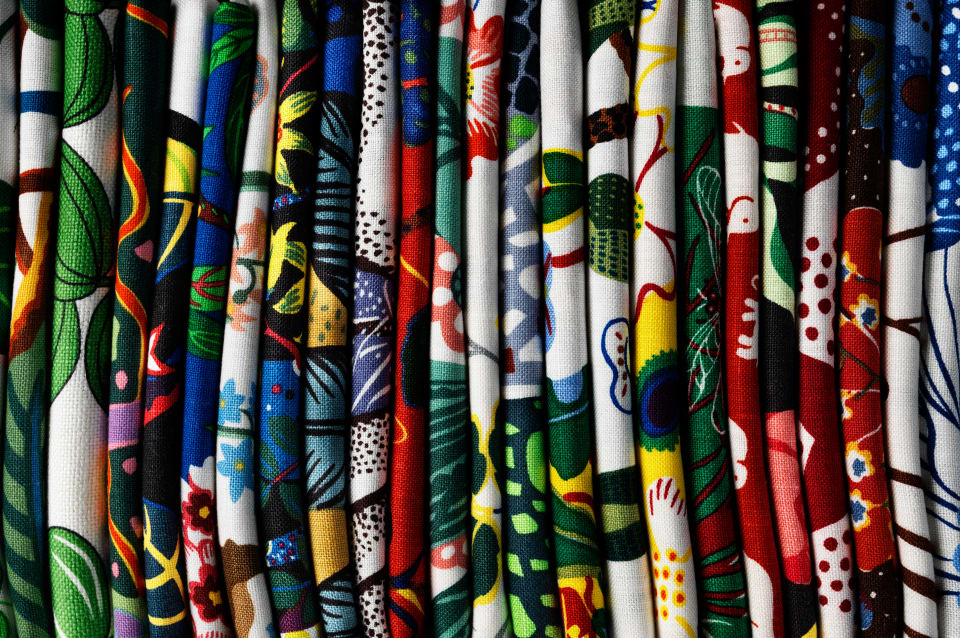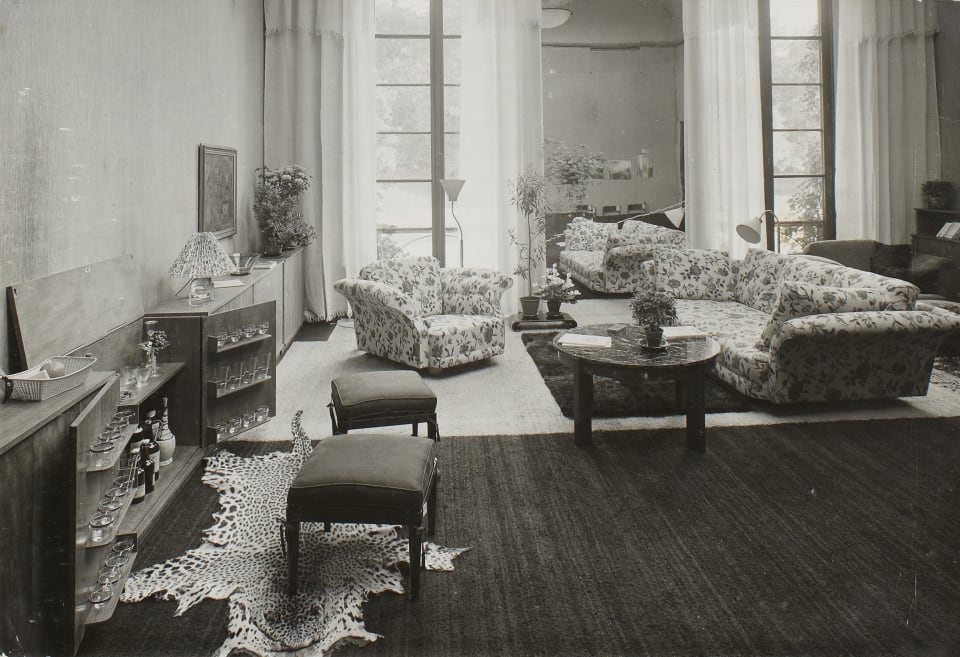
Candle Holder The Knot of Friendship
Austrian architect and designer Josef Frank has had an enormous impact on the history of Swedish design. Despite being nearly 50 years old when emigrating to Sweden, he is now widely recognised as one of the country’s most imortant designers of all time.

Josef Frank 1885 – 1967 grew up in Austria and studied architecture at the Vienna University of Technology 1903 – 1908. During the 1920s he worked as an architect, designing municipal housing complexes to amend the shortage of homes in Vienna.

Josef Frank“To create something that feels alive
one must always begin with something that is living.”

Josef Frank was one of the early pioneers of the Viennese Modernist movement, but even in the early 1920s started questioning the programmatic nature of the movement. He was critical of French architect Le Corbusier’s ideals of the home as “a machine to live inside” and rejected the puritanical principles of modern architecture. Instead, he feared that standardised home interiors would result in making people homogenous and boring.
Modernism, according to Josef Frank, emphasised the material, rather than the spiritual. Instead, he was inspired by freer, more artistic ideals and developed his own type of modernism where the person, comfort, homeliness, and a vivid use of colours were central. He refused to be limited by conventions and instead sought inspiration for his furniture and pattern designs from sources unrestrained by time and space.
Josef Frank considered steel frame furniture to be a threat to humanity. Instead, he wanted to incorporate colours and shapes of nature in his designs, which would create serenity and freedom even in closed rooms. For the same reason, he preferred furniture you could see right through. A chair should have an open back, and a cabinet ought to be placed on legs that were tall enough to allow the viewer to see the line between floor and wall.
Even his fabric pattern designs were based on the same ethos. From his childhood, Josef Frank had a strong interest in botany and by the 1920s, he conjured an entire flora of his own into his pattern designs. He would mix his favourite blooms like daisies, tulips, roses, morning glories, forget-me-nots, violets, lilies of the valley, crocuses and muscari with fantasy species, often drawn in an expressionist style.
“The plain surface feels uneasy, a patterned one feels calm – as you are subconsciously affected by the slow process. Decorated surfaces demand time for observation, whereas a plain surface is quickly registered, and just as fast, you lose interest in it.”
Josef Frank“A plain surface feels uneasy, a patterned one feels calm – as you are subconsciously affected by the slow process behind its making. Decorated surfaces demand time for observation, whereas a plain surface is quickly registered, and just as fast, you lose interest in it.” artistry meets precision in a symphony of design.”
In 1925, Josef Frank founded the interior design firm Haus & Garten together with his colleague Oskar Wlach. Their office was located just a block away from the Vienna State Opera and the business reached both creative and commercial success. The range included furniture, lighting, patterned fabrics and rugs; designs created mostly, but not exclusively, by Josef Frank Through showroom samples and catalogues, clients could view and order the products.
Through Haus & Garten, his expressive designs would soon catch the attention of Svenskt Tenn’s founder Estrid Ericson. In 1932, they initiated the creative collaboration that would continue to develop as he relocated to Sweden.

Estrid Ericson and Josef Frank, 1965.
Josef Frank was Jewish, and left Austria in 1933 with his Swedish wife Anna due to the antisemitism in the country. He emigrated to Sweden and was appointed an artistic collaborator role at Svenskt Tenn. Just a few years later, Josef Frank and Estrid Ericson got their first international breakthrough. Exhibiting at the world fairs in Paris in 1937, San Francisco, and New York in 1939, their designs stood out, going starkly against the ideals of the time. Characterised by bold contrasting materials, colours, and prints, the designs by Josef Frank and Estrid Ericson quickly gained international acclaim and recognition. Soon the pair - perhaps paradoxically, would embody the term Swedish Modern.
As the Germans occupied Denmark and Norway in 1940, Josef Frank yet again went into exile and travelled to New York where he lectured at the New School for Social Research on Manhattan. During these years, Josef Frank created many of the print designs which continue to be a part of Svenskt Tenn’s range today. He remained in touch with Estrid Ericsson and as the war ended, he returned to Sweden and Svenskt Tenn.

Exhibition at Liljevalchs Konsthall, 1934.
Throughout the coming years, Josef Frank continued to design interiors, furniture, and prints, while Estrid Ericson curated the settings that brought them to life. They jointly also created interiors for a large number of private homes and public spaces. Through their creative partnership, which lasted until Josef Frank’s passing in 1967, the duo created the unique, colourful, boldly patterned, and personal aesthetic that remains fundamental to Svenskt Tenn today.
Josef Frank“It does not matter if you mix old with new, disparate furniture styles, colours, or prints. Things that you love will nevertheless fuse into a harmonious entity.”

Josef Frank is today considered one of the most important Swedish interior designers. His timeless body of work continues to be celebrated and inspire generations of designers across the worlds. Many of his creations still fetch record-breaking prices at leading international auction houses.
It is only at Svenskt Tenn that Josef Frank’s life’s work is preserved to its full extent; an astounding collection of timeless furniture and interiors. In total 3,000 drawings and sketches as well as 250 prints signed by Josef Frank are kept in Svenskt Tenn’s archive.

Original sketch, Rug Frank No. 19.